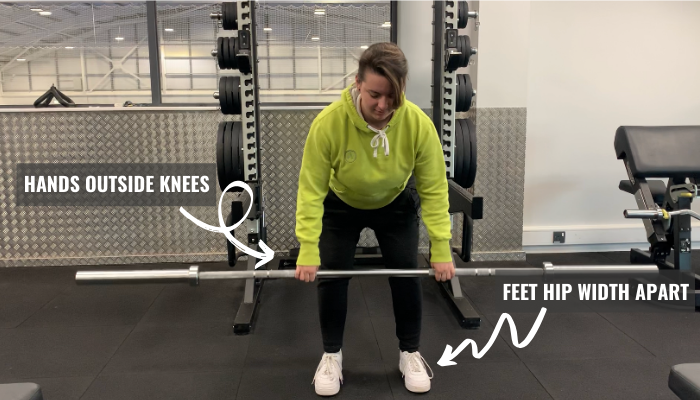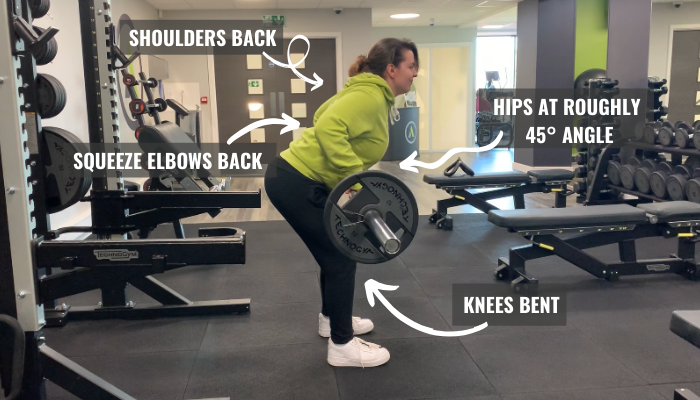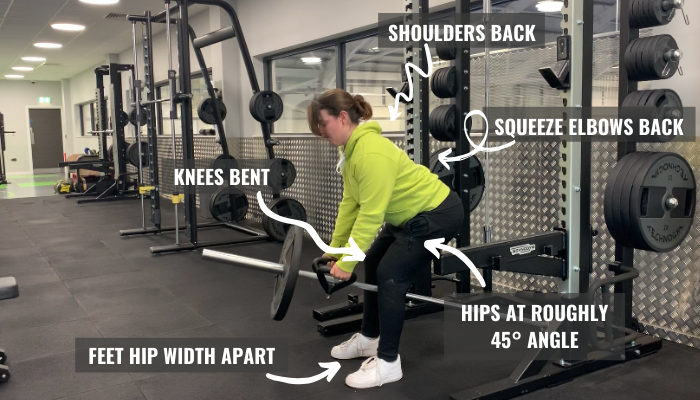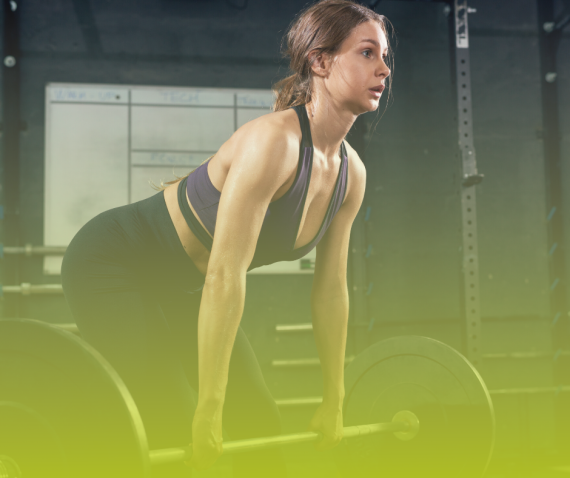T-bar row Vs. Bent-over row
Are you torn between doing a t-bar row or a bent-over row? These two exercises are incredibly similar, and while they work the same muscles, they affect your training in different ways. The t-bar row and bent-over row are both great exercises to make you stronger and improve your physique. However, it's important to know which exercise is right for you and your goals. In this blog post, we will break down the primary and secondary muscles worked during both exercises and explain how they affect the shape of your back. So, if you're looking to take your back training to the next level, keep reading to find out which row variation is best suited for you.
The t-bar row and the bent-over row are very similar exercises that engage mostly the same muscles. It can affect your training if you are not performing the 'right' one; plus it is also dependent on the individual as to which exercise suits you and your goals.
Both exercises will make you stronger throughout your whole body, and both exercises will help to change your shape, but the bent-over row will help you increase width whereas the t-bar row will increase the thickness and depth in your muscles.
Key points – Bent-over row 

Primary muscles used for bent-over row :
- Latissimus Dorsi
- Rhomboids
- Trapezius muscles
- Posterior deltoids
Secondary muscles worked during bent-over row :
- Spinae erector
- Rear deltoids
- Biceps/Forearms
- Core muscles
- Hamstrings/Glutes
Key points - T-Bar Row
Primary muscles worked in a T-Bar Row:
- Latissimus dorsi
- Trapezius
- Posterior deltoid
- Rhomboids
Secondary muscles worked in a T-Bar Row:
- Biceps/Forearms
- Spinae erector
- Hamstrings/Glutes
- Core muscles
Overall, both the barbell bent-over row and the t-bar row use pretty much all the same muscles, and a very similar position is held throughout both, meaning all the muscles in your legs, core and lower back are always under tension.
To increase the width of your back, you need to focus on the width of your hand placement so you can achieve a greater activation through your latissimus dorsi by doing a bent-over row because you can hold the bar wider.
A narrower grip, like demonstrated in the t-bar row forces you to keep your elbow tucked closer into your sides during the top part of the movement. Keeping the weight relatively light on this exercise with a smaller plate than the big 20’s allows you to complete the exercise with a greater range of motion (ROM). Therefore you can really squeeze the muscles at the top phase of the movement, and consequently, the t-bar row will help you achieve a greater thickness in your back.



